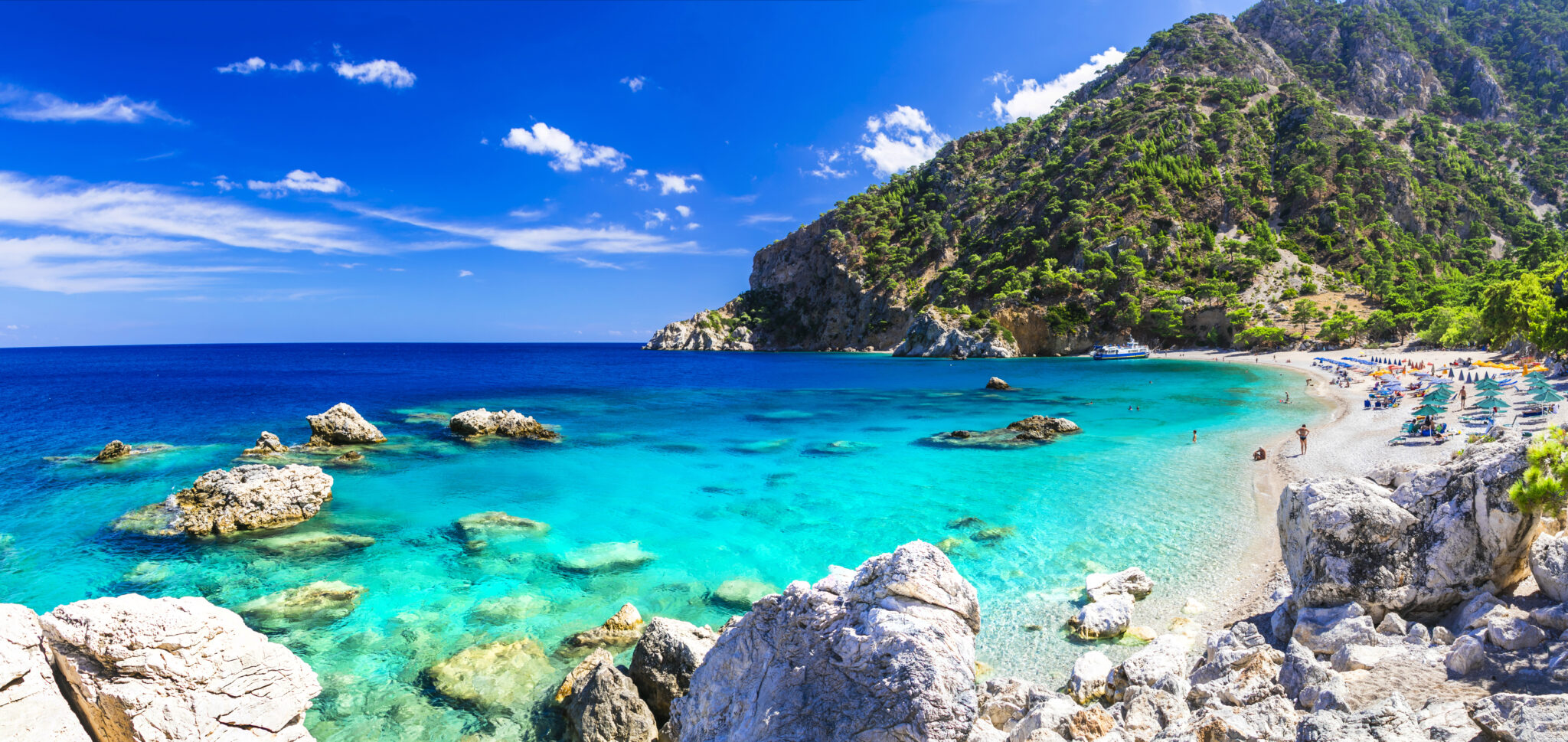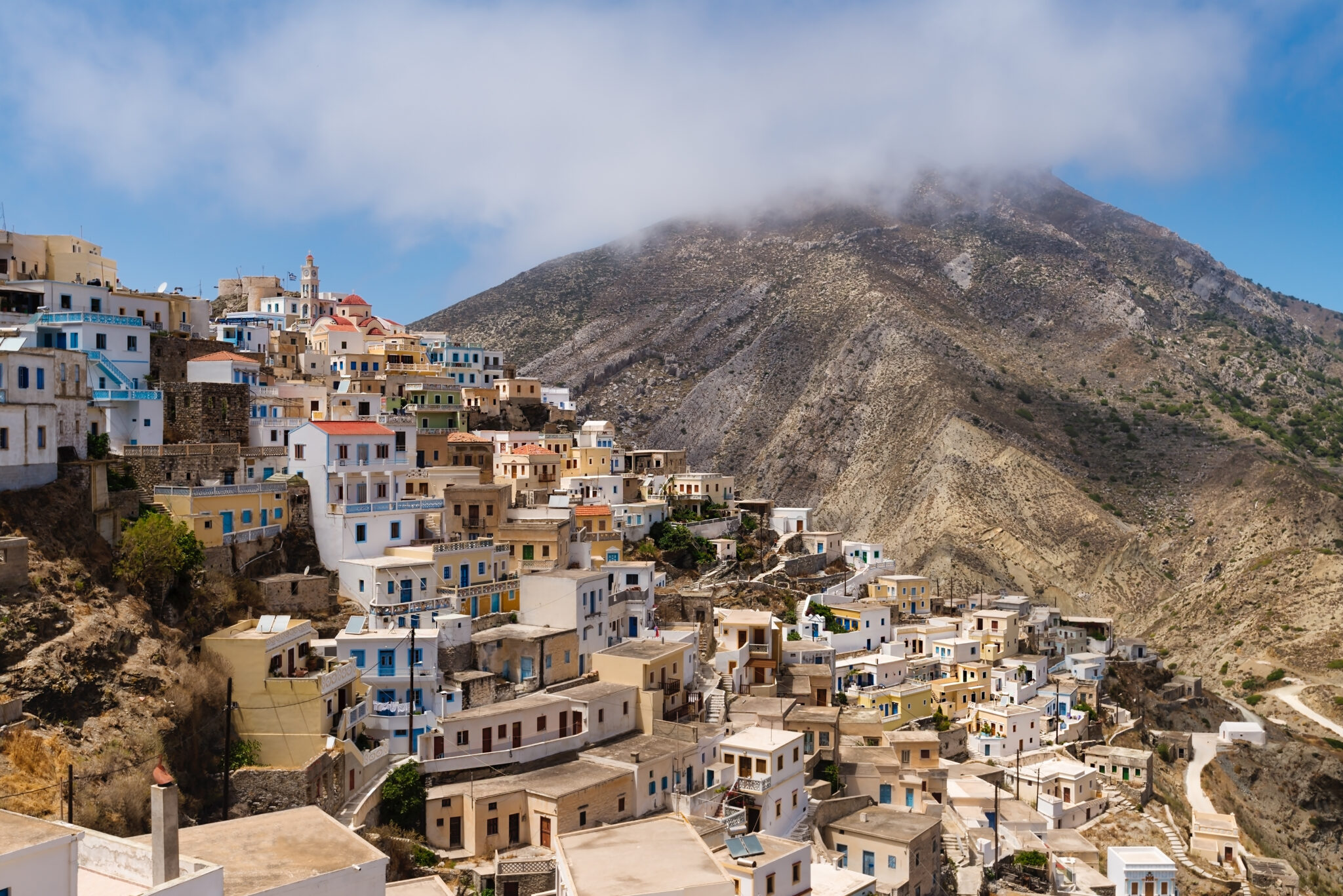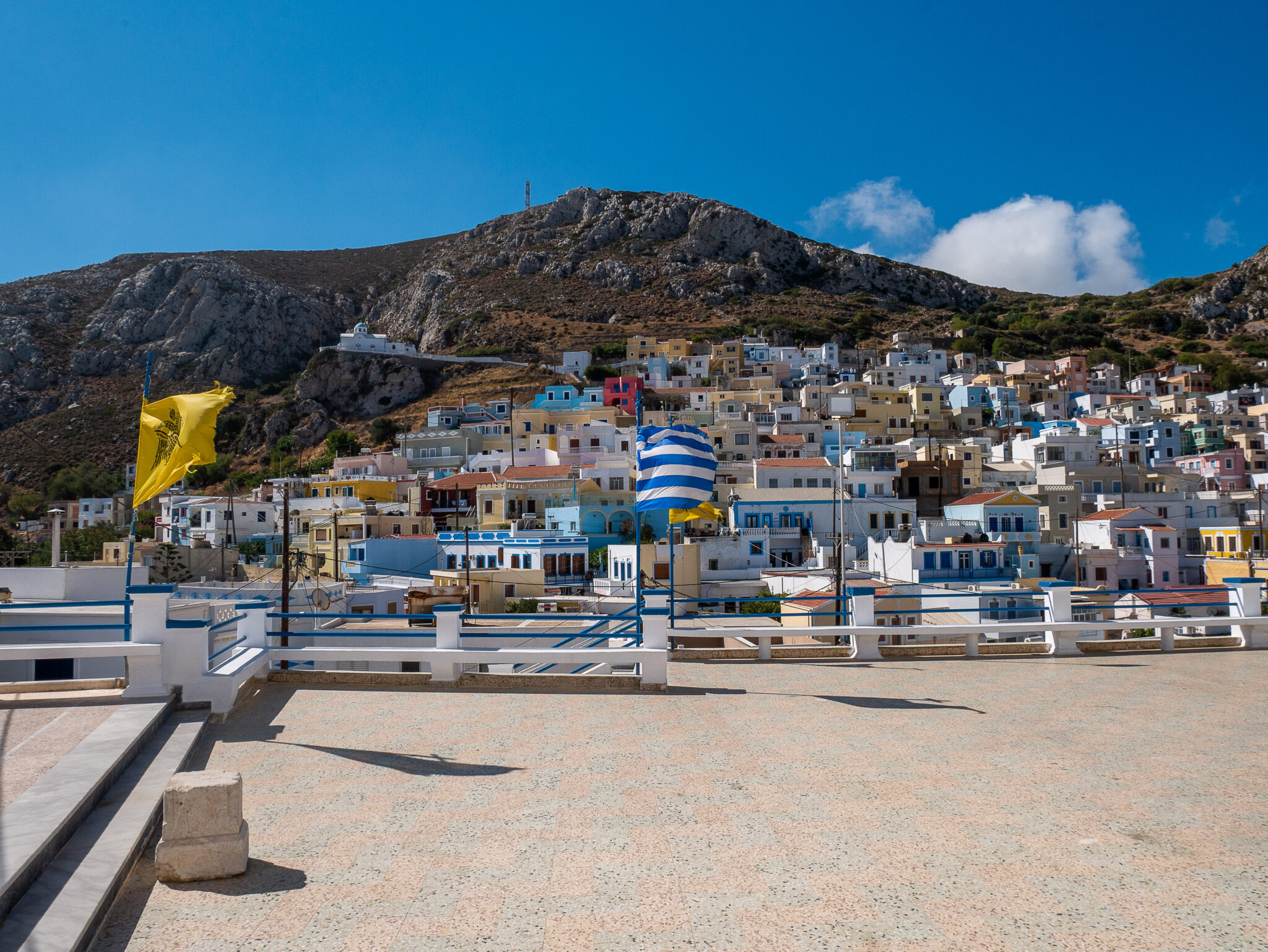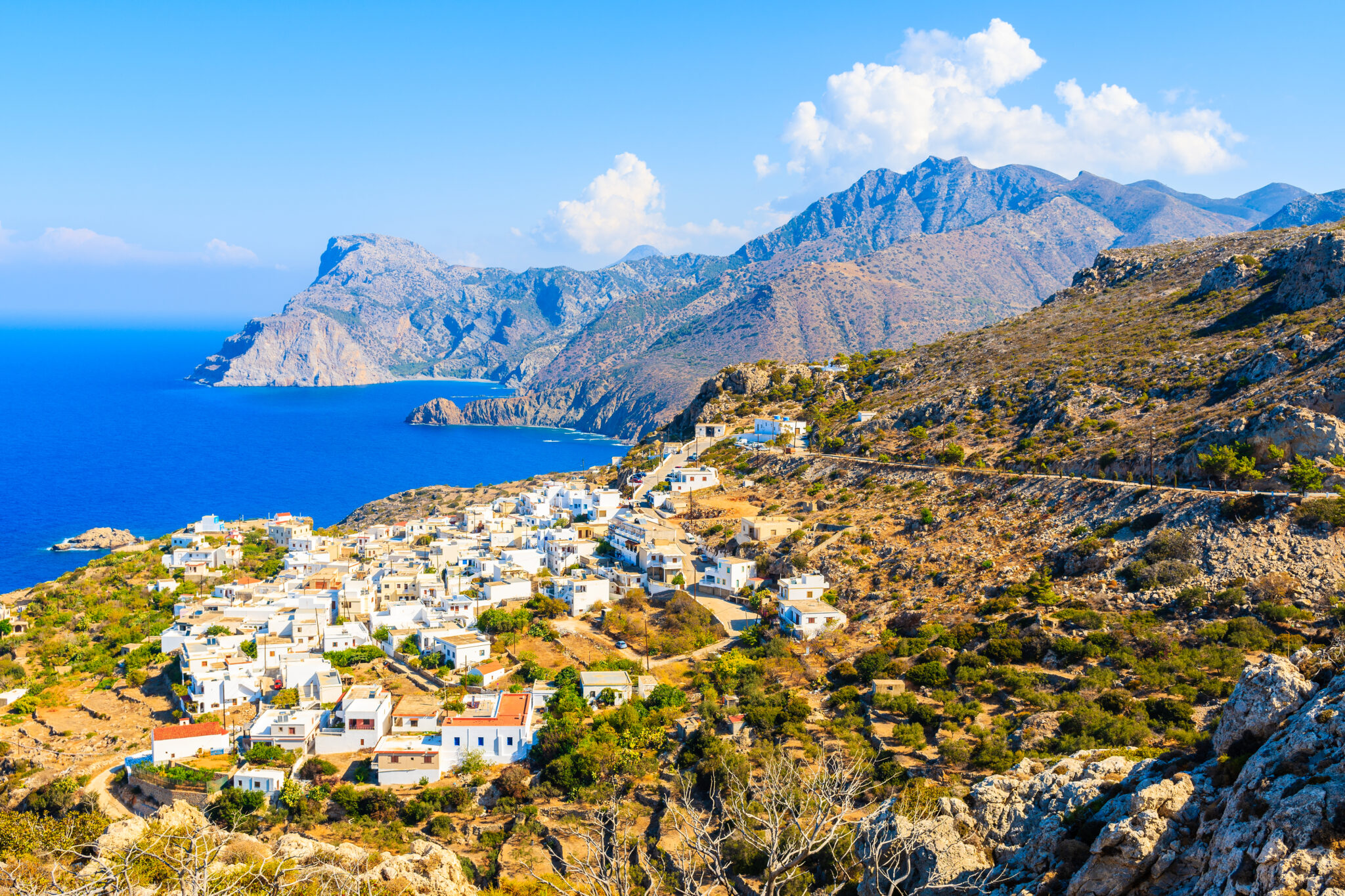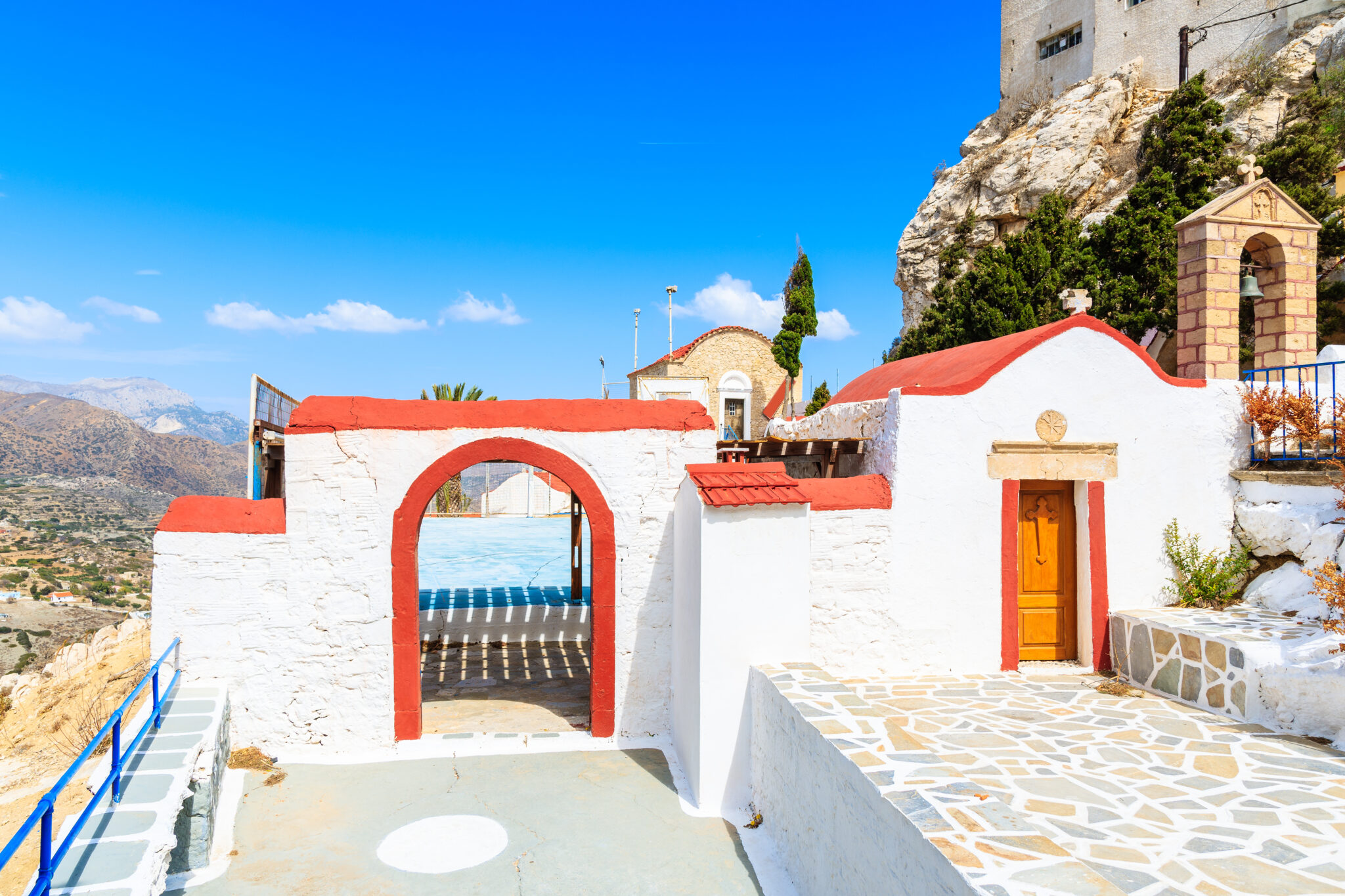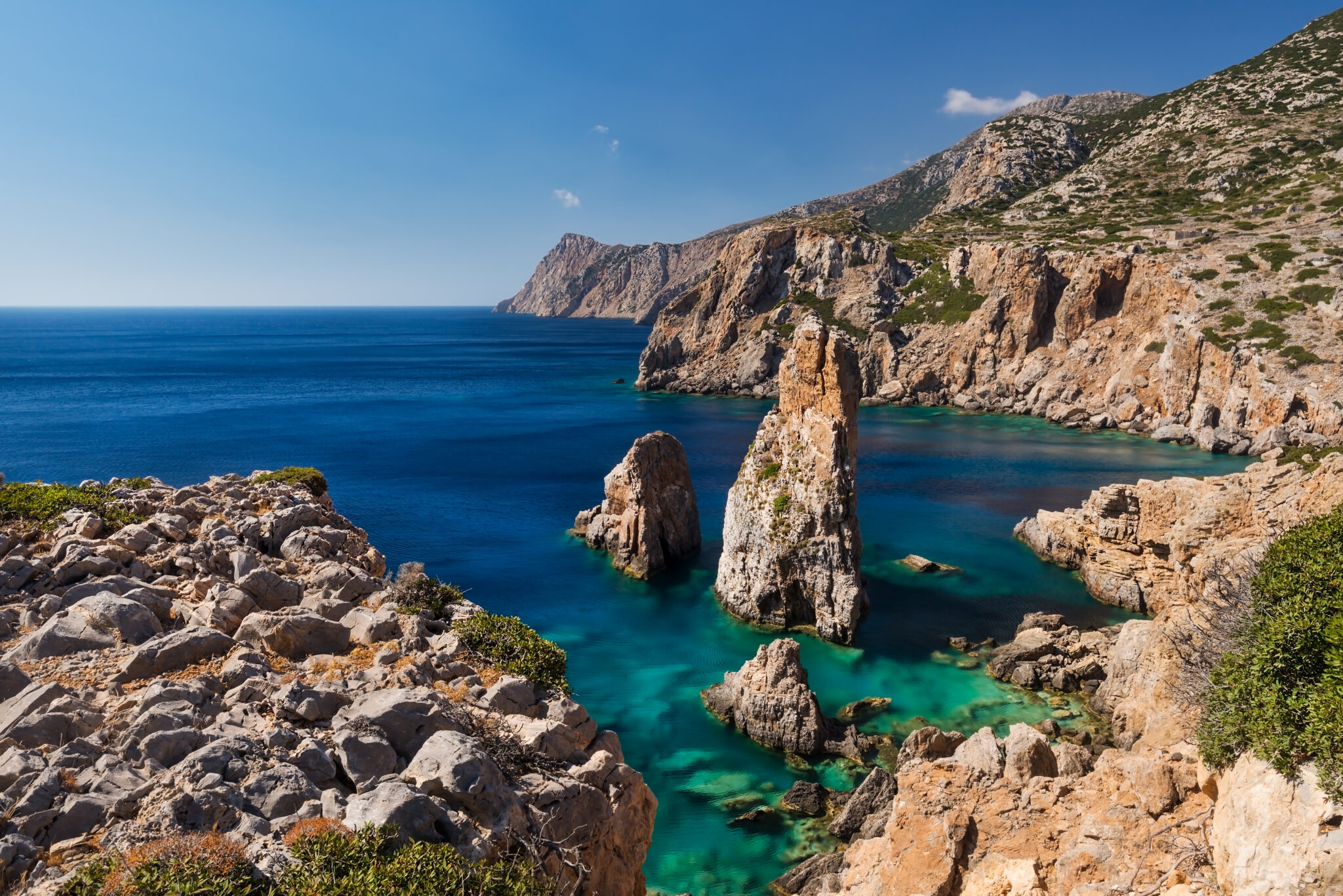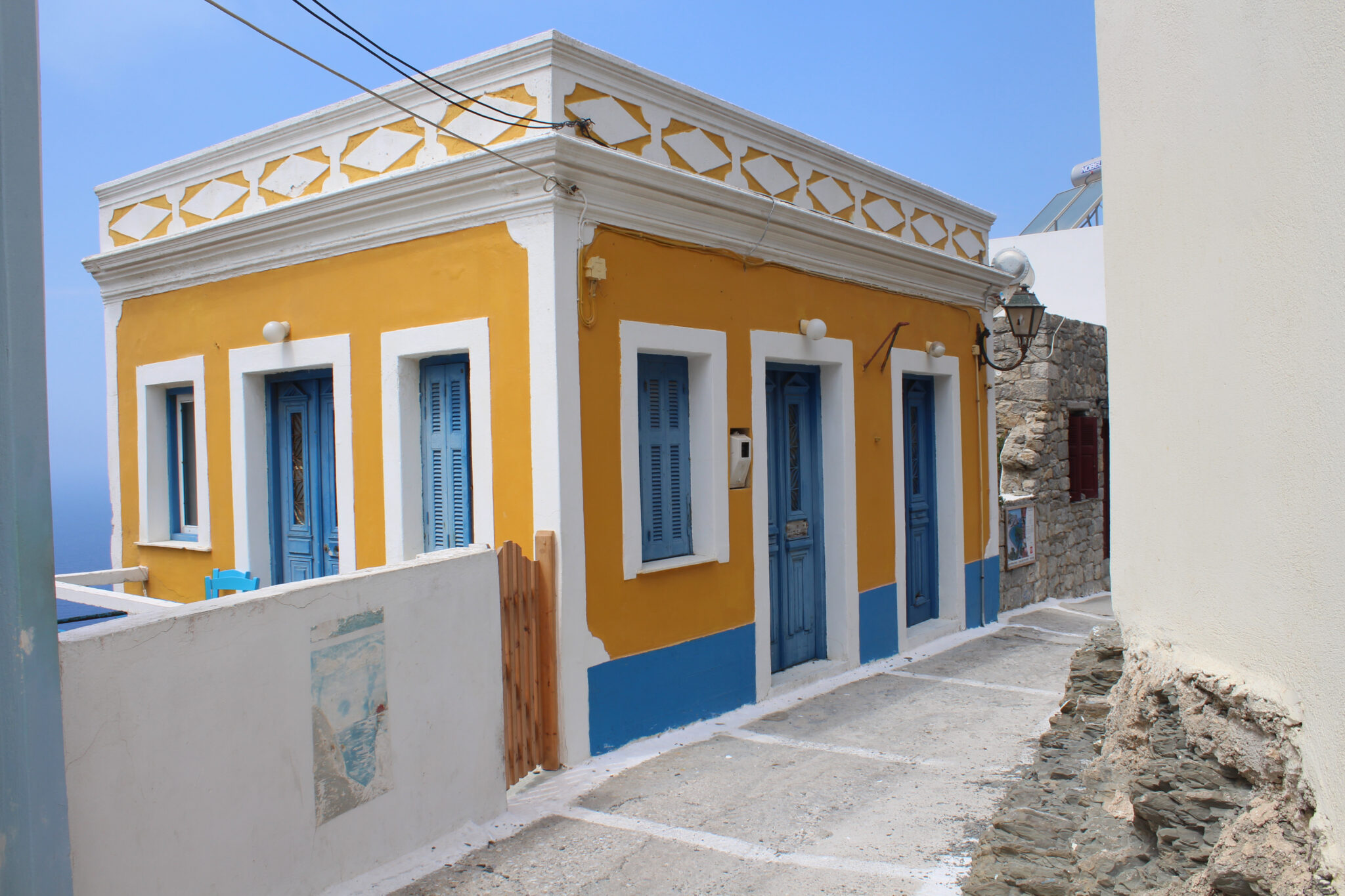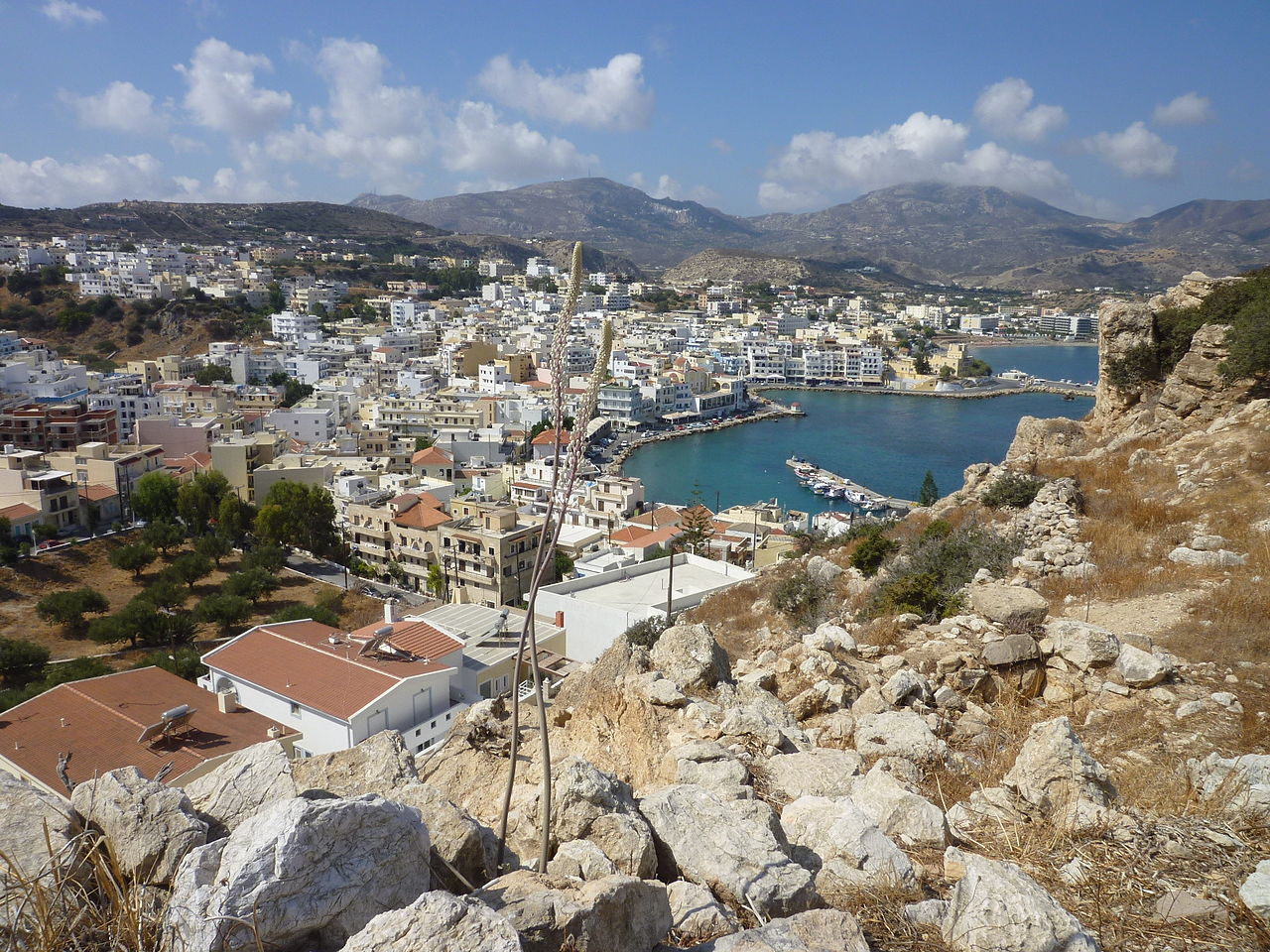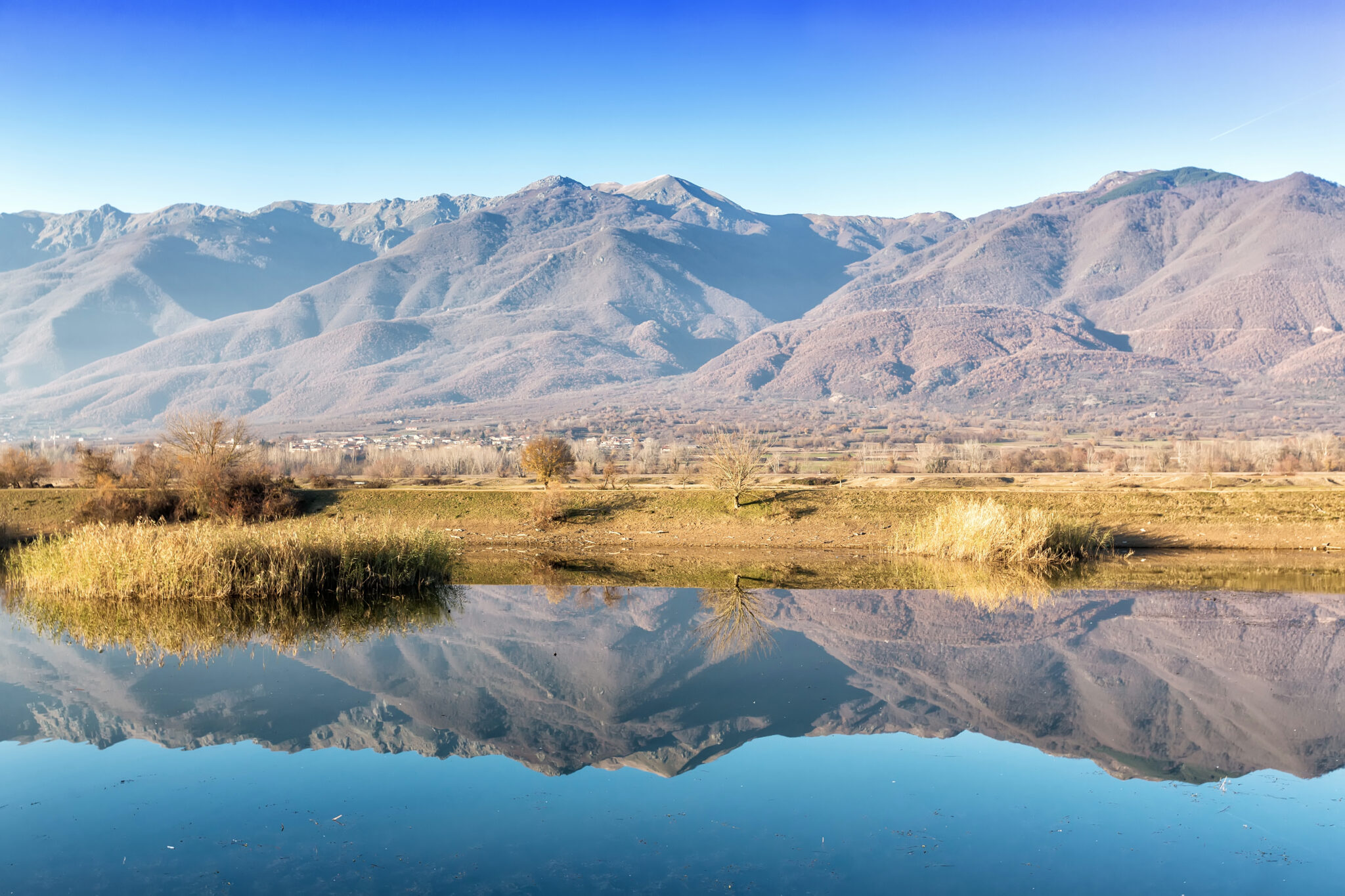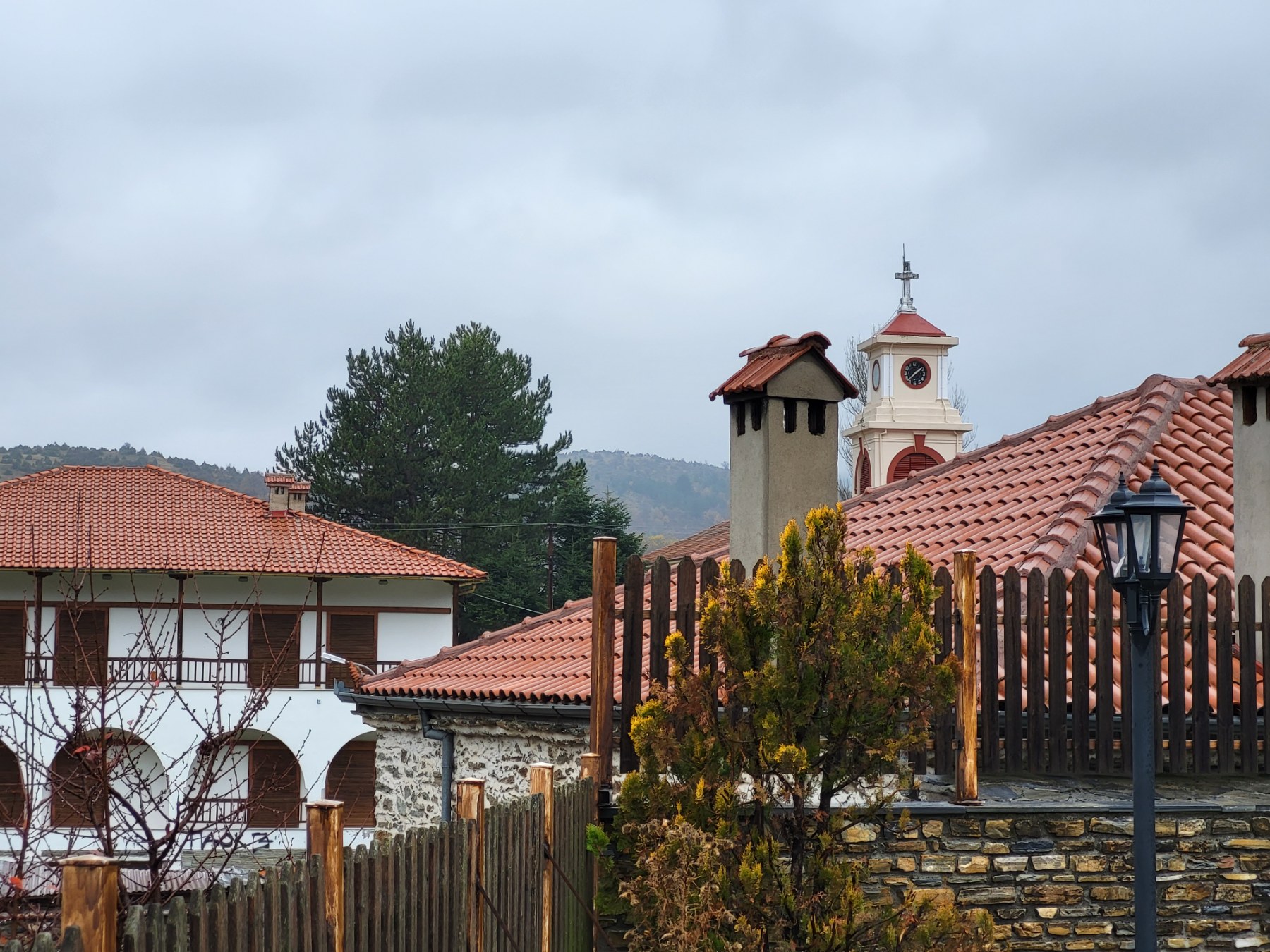We journey to the Dodecanese to visit a beautiful island with unconventional and unspoiled features, cultural wealth and timeless traditions that refresh our concept of what a perfect Greek summer holiday involves. Here, we present the many and varied things to see and do on this small yet delightfully scenic island.
To fully experience the engaging island of Karpathos, renting a car from Avis is the ideal way to make the most of your vacation.
The Villages
Karpathos’ idyllic beaches may be the prime inspiration behind your visit, but the shouldn’t be the only one as the island’s villages are charming and diverse, each with its unique personality. Let’s begin our tour with a village that’s built between two mountains, and where time seems to have stood still. Olympos, a matriarchal community (National Geographic in 2023 lauded the female residents of Olympos – but also Karpathos in general -for the “women-led ventures leading the charge in sustainable tourism”). In this village, it’s also fascinating to come across the women of the village (mostly the elder members but not only) still wearing traditional costumes in their daily lives.
Olympos is also where you’ll see 83 windmills, the 8th century Church of the Dormition of the Theotokos, and numerous highly picturesque alleys. Enjoy a cup of velvety Greek coffee at “O Parthenonas” café (tel: 697 307 9381) and taste authentic local delicacies at “Olympos” taverna (tel: 22450 51009). Try the handmade pasta, tomato patties, locally-made manouri goat cheese, and for dessert, loukoumades (doughnut balls drizzled with honey and cinnamon). Here, you can also immerse yourself in a mesmerizing sunset, (which is actually superb wherever you are in Karpathos).
Mesochori is another of the villages that you mustn’t miss. Elegant and bright, it maintains a traditional appearance in terms of its architecture. Quench your thirst with fresh, cool mountain water at Panaghia Vrysiani’s three springs, dating back to 1553. If you’d like more than water, visit Skopi café (tel: 22450 71196), where you can enjoy your coffee or raki with a magnificent view. Fascinatingly, the owners here have preserved a nostalgic customer register that’s worth writing home about – since 1996, more than 11,600 visitors have inscribed their names on all sorts of surfaces, from pergolas to chairs! For great food (in fact, some of the best on the island), very close is the village of Lefkos. Here, visit Ammos seaside taverna (tel: 22450 23653) to try homemade dishes and cooked food that will remain unforgettable.
In the small village of Pyles, with its orchards and an exceptional view of the sea, visit the Outdoor Agricultural Museum (more information below). Finally, in Menetes, Karpathos’ largest village, visit the grand church of Panagia (Church of the Dormition) from 1854, with its impressive amphitheatrical view of the village. Admire the colourful houses and stop at the Bonendis Art Centre for some special handmade souvenirs.
The Folklore Museum
At the Folklore Museum, housed within a quaint, traditional house in the heart of Menetes, you can view old, handmade musical instruments. The primary instruments played on the island are the lyra, the lute, and the tsambouna and the island’s musical tradition holds particular value, especially in Menetes, from which most of Karpathos‘ musicians hail.
The museum, also known as the Nikolaidio Folklore Museum, also presents the local way of life throughout different epochs, through exhibits such as traditional clothing, vintage photographs, wooden furnishings, cooking implements and farming equipment. Additionally, wax figures adorn the museum, portraying Karpathian people dressed in traditional costumes.
Address: Folklore Museum, Menetes, Karpathos, Phone: +30 22450 81190, Open daily: 09:00-13:00.
Saria
Saria, a small island to the north of Karpathos, offers an abundance of opportunities for history buffs and outdoor activity lovers alike to explore to their heart’s content. Covering an area of 21 kilometres squared, the island is home to the ancient city of Nisyros, featuring old fortifications and a duo of abandoned settlements, with one previously inhabited by Saracen pirates. Moreover, six chapels are scattered throughout the island, where a diverse range of wildlife, including rare birds of prey like long-legged buzzards and Eleonora’s falcons, reside.
Mediterranean monk seals and around 2,500 goats also call the island home. While there, walk in the incredible Edi gorge, which can be explored in a 40-minute hike. For an unparalleled view of Saria, venture to the chapel of Aghios Zacharias, around 20-minutes’ walk from the deserted Argos settlement at the end of the Edi gorge. Those who arrive by private boat, rather than a tourist caique, can enjoy the added treat of the secluded, white-pebbled Maeria Beach.
The Acropolis of Arkassa
The village of Arkassa, on the western shore of Karpathos, lies 23 kilometres from Pigadia and faces the sea, offering stunning vistas of neighbouring Kassos Island. In the 14th century BC, the Mycenaeans occupied Karpathos and constructed a fortified acropolis with Cyclopean walls atop a rocky promontory. This fortress is referred to as Paleokastro or the Mycenaean acropolis. Inhabited since prehistoric times, the acropolis continued to serve as a dwelling place until the end of the Byzantine era. Today, the remains of the ancient citadel still occupy the striking peninsula that juts out into the sea.
Open Air Agricultural Museum
Located in Pyles village, the museum (open daily 10:00-13:00 and 18:00-20:00) aims to authentically depict life on the island of Karpathos. Visitors can explore life-sized exhibits, including a farmhouse, wine press and threshing floor. The museum also features a functioning windmill and a wood-fired oven used for making traditional onion biscuits. Vineyards and fruit trees are planted throughout the grounds, allowing guests to immerse themselves in Karpathos’ rural life, which is deeply connected to the production and processing of essential products like cereals and wine. The museum features accessible pathways, ensuring an enjoyable experience for all, including those with disabilities.
The Ecotourism Park
Such a multivariate and naturally abundant place as Karpathos is well worth getting to know on foot, so choose a morning or afternoon hour and one of the many paths in the island’s network, and off you go! Approximately 60 mapped trails lead to chapels or other cultural and natural attractions on the island, and the views are often magnificent. If you’d like a guided tour, contact Ecotourism Karpathos, which organises excursions and nature activities, such as collecting aromatic and medicinal plants. A variety of activities and walking routes are also organised by the company Arts & Walk Karpathos.
Info: Ecotourism Karpathos, Olympos, Karpathos, Tel. +30 6949 935881, www.ecotourism-karpathos.com, Art & Walk, Pigadia, Karpathos, Tel. +30 6993 604071, www.artandwalk.com
Ancient Potideon
Potideon, the ancient name for Pigadia, Karpathos’ capital, was founded by the Mycenaeans in the 14th century B.C. They built an acropolis on a 23m-high rocky hill, leaving traces such as pottery and coins. Later occupied by Phoenicians and Minoans, Potideon was deserted around 1,200 B.C due to raids. Its fortune revived with the Dorians around 1,000 B.C, becoming a prosperous city, likely due to its strategic port location. Homer suggests Karpathian ships aiding the Greeks in the Trojan War sailed from Potideon, and a sanctuary to Athena Lindia likely stood there during Classical Times.
Traditional Festival of Vourgounta
Between August 28 and 30, don’t miss the unique panigyri (traditional festival) of Vourgounta. Held at a secluded chapel within a sea-side cave, you can reach the event by fishing boat from Diafani or on foot from Avlona. In the late afternoon, local women bring supplies and blankets on donkey-back for the celebration. Throughout the night, merrymaking unfolds against the candlelit ancient necropolis backdrop, with the sunrise accompanied by lyra and tsabouna (bagpipe) music. On the second and third days, festivities continue in Avlona. On August 15 (the Dormition of the Virgin Mary), there are traditional festivals across the island but especially interesting is the service at Aghios Panteleimonas and in the villages of Pyles and Menetes, where homemade delights are generously handed out to visitors.
Province House
You may spot Province House, or “Eparxeio”, a striking three-storey edifice with robust stone walls on the western end of Pigadia port, from the clock tower that tops it. One section of the building is dedicated to providing information about the Mediterranean monk seal, as Karpathos’ pristine beaches and caves serve as a haven for the endangered Monachus Monachus. Numerous organizations are dedicated to the conservation of the species together with the Ministry of Environment, and researchers closely monitor motorised boat activity near the seals’ breeding grounds, particularly during the summer months.
The grounds of Province House also feature a playground and an open-air museum, which showcases marble statues, artifacts from the early Christian period, and altars from ancient Greek temples.
Read also:
Five reasons to visit Karpathos



